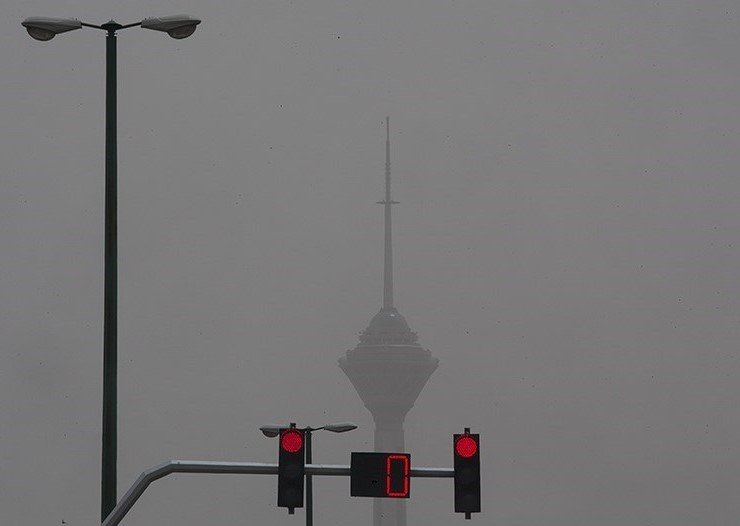Tehran’s DOE to investigate reasons for ozone pollution

TEHRAN – Tehran province’s department of environment will hold a meeting to address the effects of temperature rise in increased ozone gas index (O3), the DOE’s deputy director for monitoring pollutants has said.
The meeting will be held with representatives of the Meteorological Organization and Air Quality Control Company in attendance, ISNA quoted Mohammad Rastegari as saying on Tuesday.
For 15 days since the beginning of the current Iranian calendar year (started March 21), Tehran's air quality index reached a level which is unhealthy for sensitive groups due to unhealthy levels of ozone gas, he added.
At the meeting held by Tehran’s working group on combating air pollution this week, the main issue has been the reasons as to why ozone pollutant is rising in the capital, he noted.
He explained that the Meteorological Organization also has presented a report, which indicated a temperature rise in all Tehran meteorological stations compared to the long-term mean.
Based on the report, one of the meteorological stations in Tehran has experienced a temperature rise of 6°C in comparison to its long-term average, he regretted.
Moreover, all other stations have faced one or two degrees on the Celsius scale temperature rise compared to the long-term mean, he concluded.
Earlier in June, an official with Air Quality Control Company Hossein Shahbazi noted that air quality of the capital deteriorated during spring this year compared to the past two years, due to increase in ozone gas index (O3).
At ground-level, ozone is a pollutant, but in the stratosphere it screens UV radiation. Ozone (O3) is the one of the conventional (criteria) pollutants, which produce the highest volume of pollutants in the air and the most serious threat for human health and welfare.
Ozone in the lower atmosphere is formed by the reaction of sunlight on air containing hydrocarbons and nitrogen oxides that react to form ozone directly at the source of the pollution or many kilometers down wind. Cars, industry, gas vapors, chemical sol-vents, fuel combustion increase ozone production. Half of emission of HC and NOx in cities is by motor vehicles.
Some of main health effects of ozone are lung inflammation, reduced lung elasticity, transient cough, chest pain, throat irritation and nausea. Other Effects are damages on plants and material like: retard the growth, effect on pollen germination, reduce photosensitize, crack rubber, and react with fabric.
FB/MQ/MG
Leave a Comment